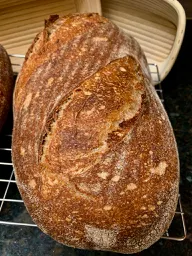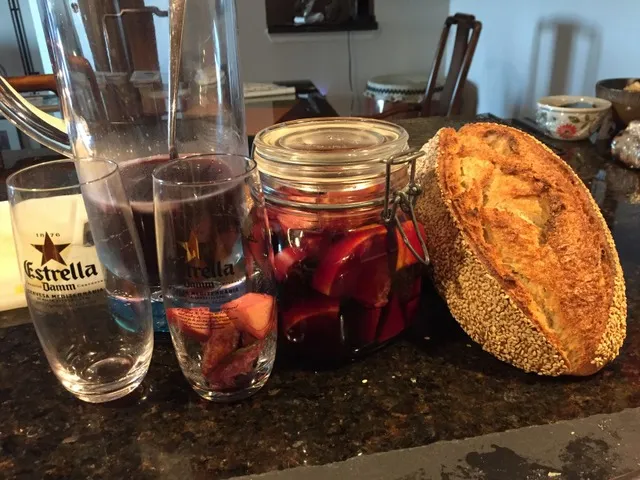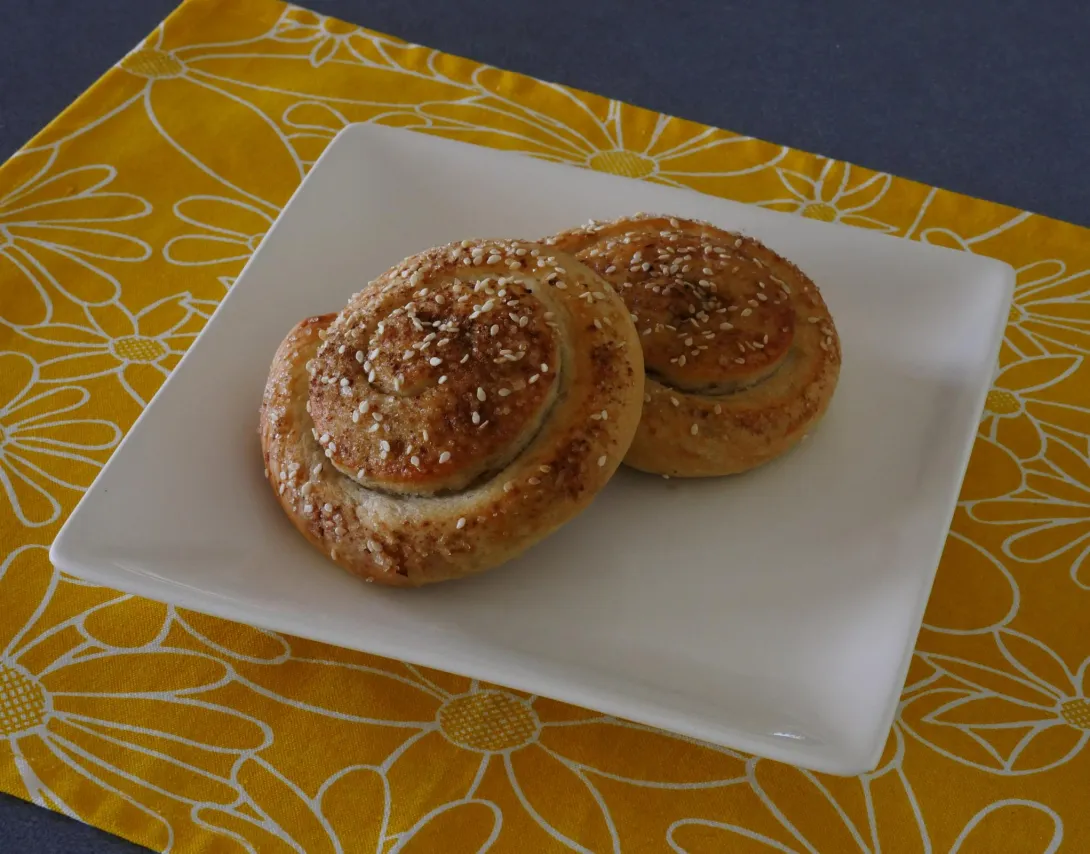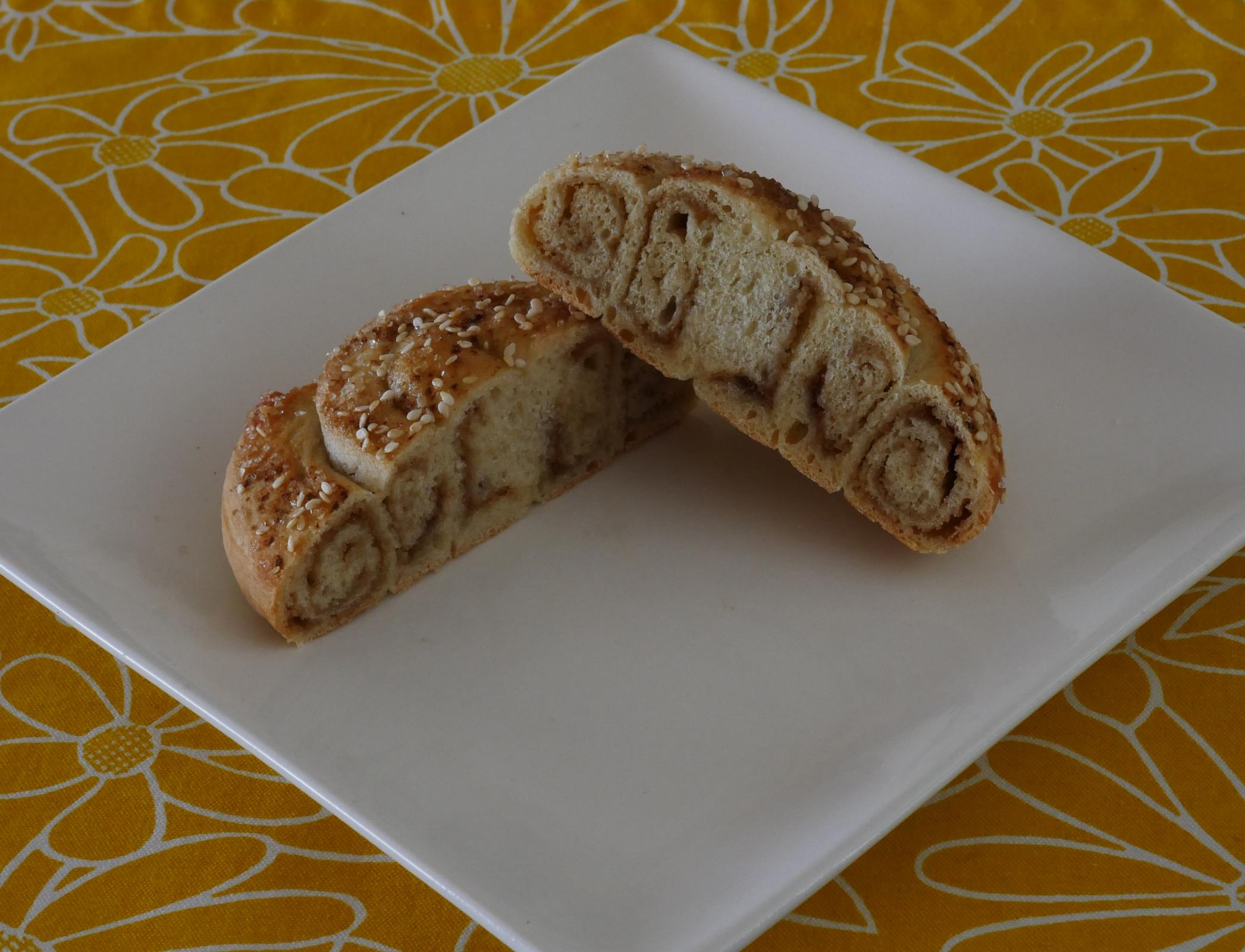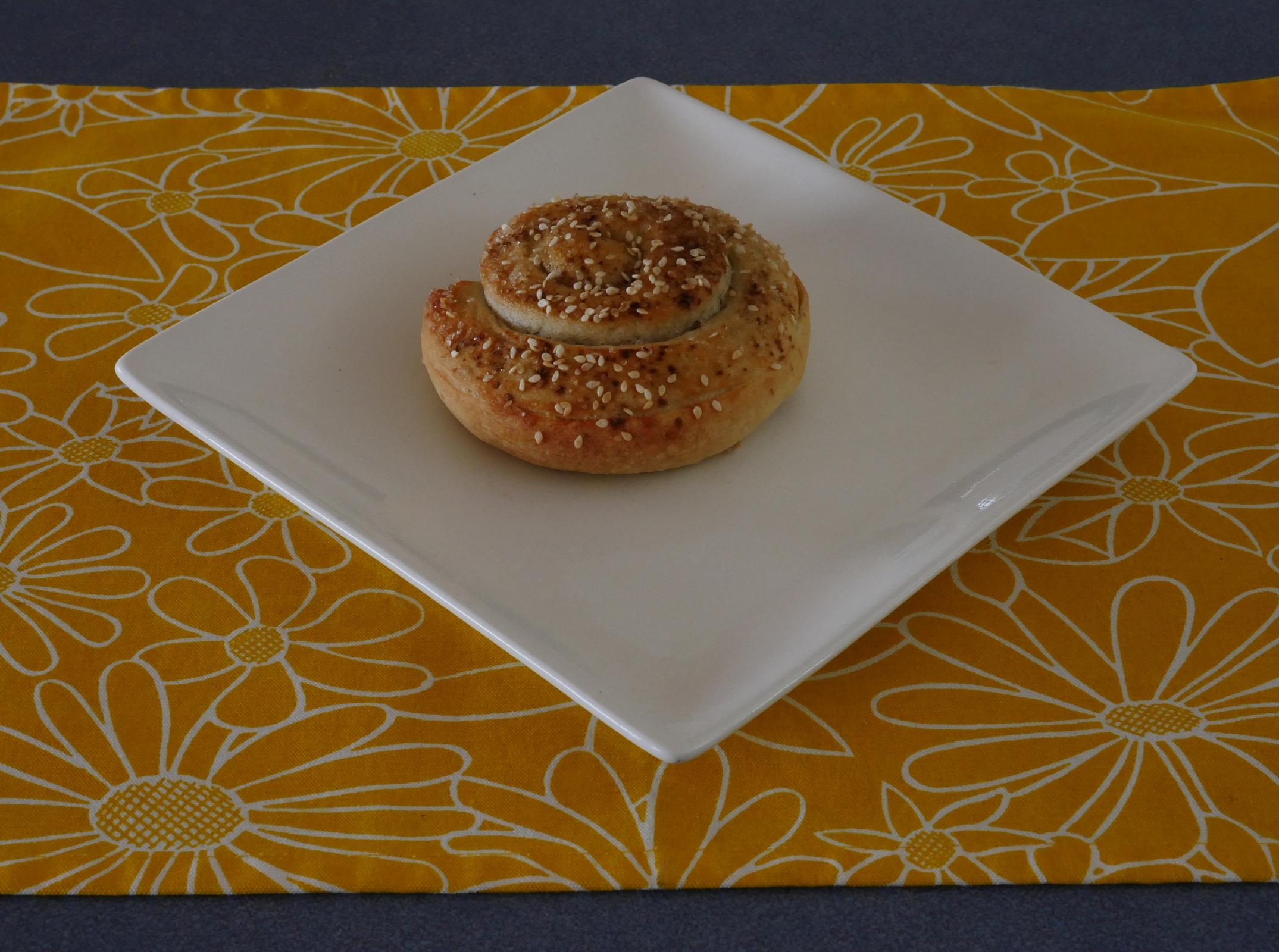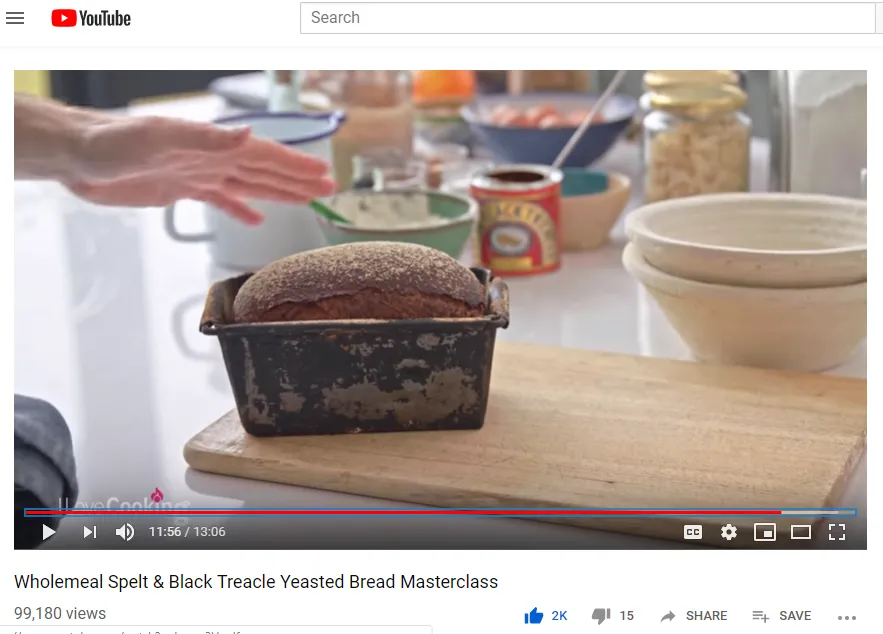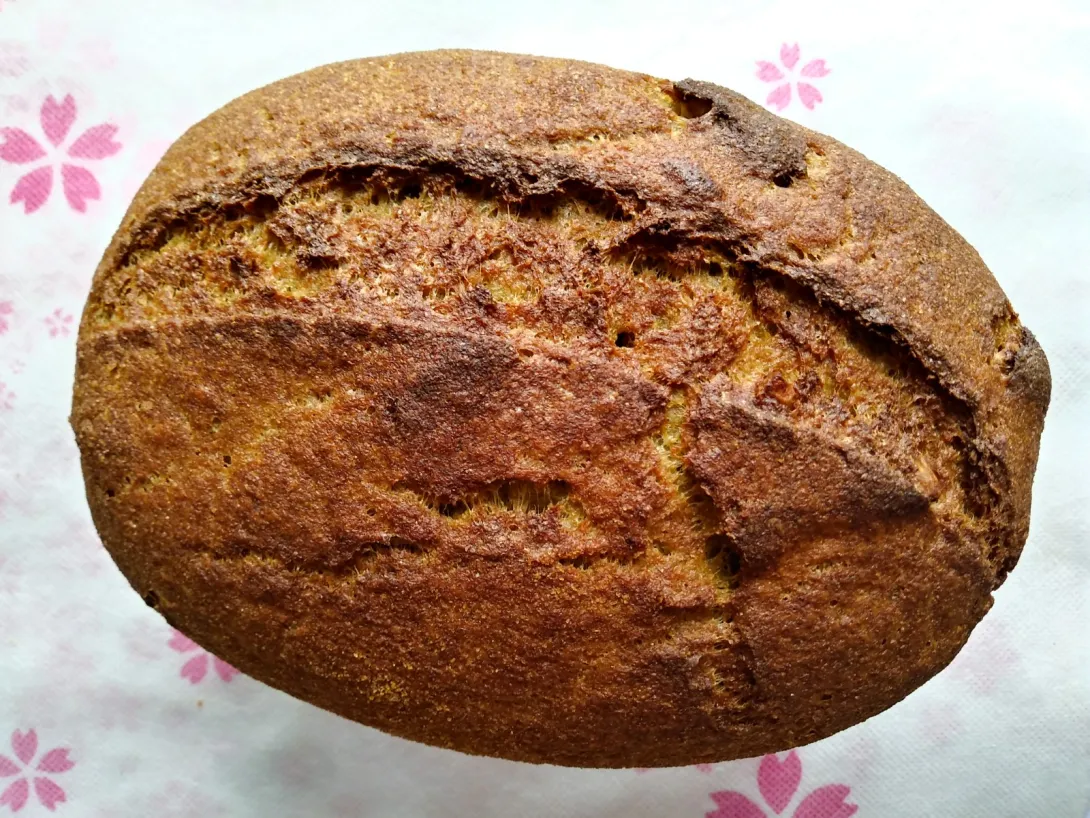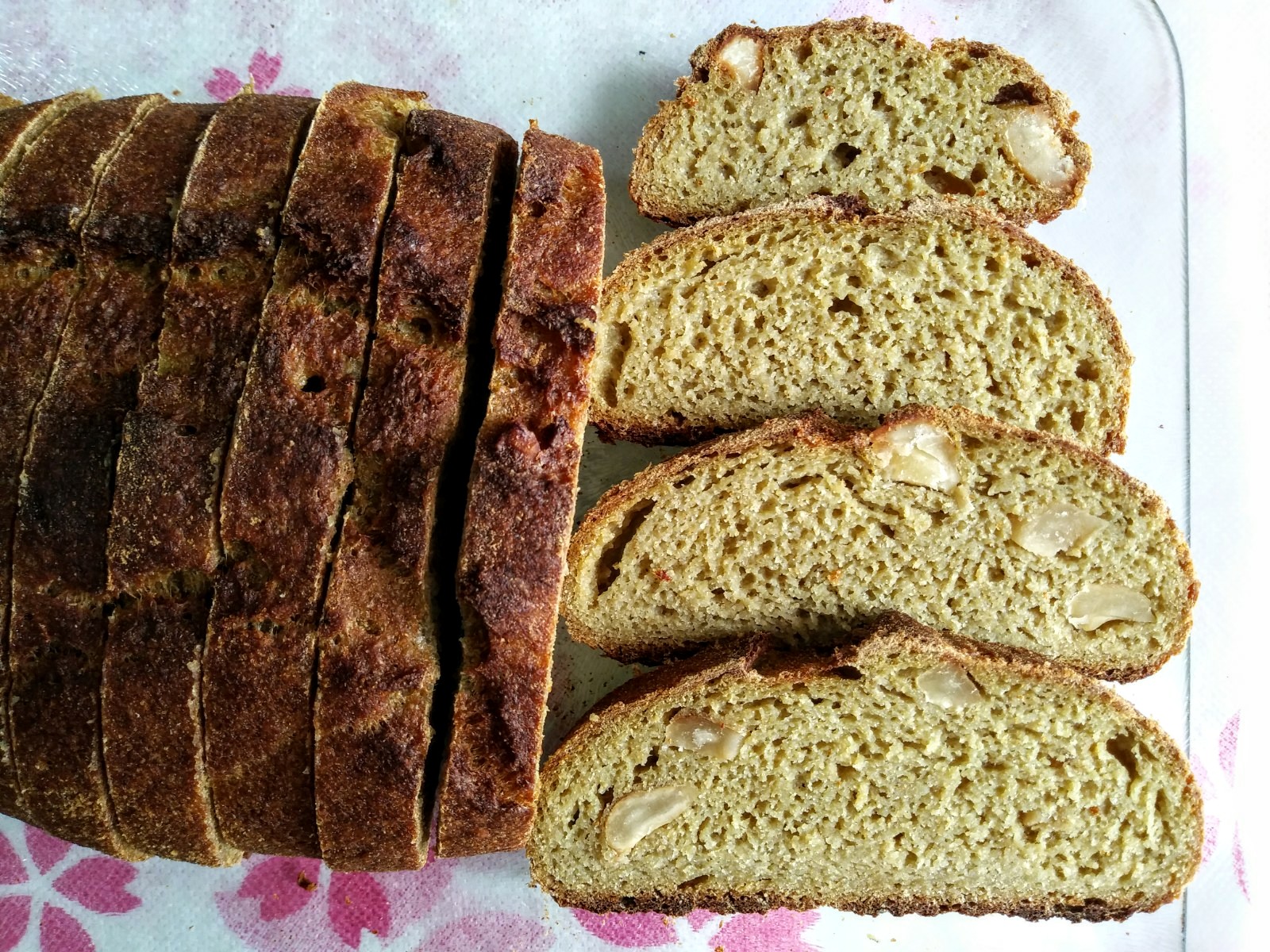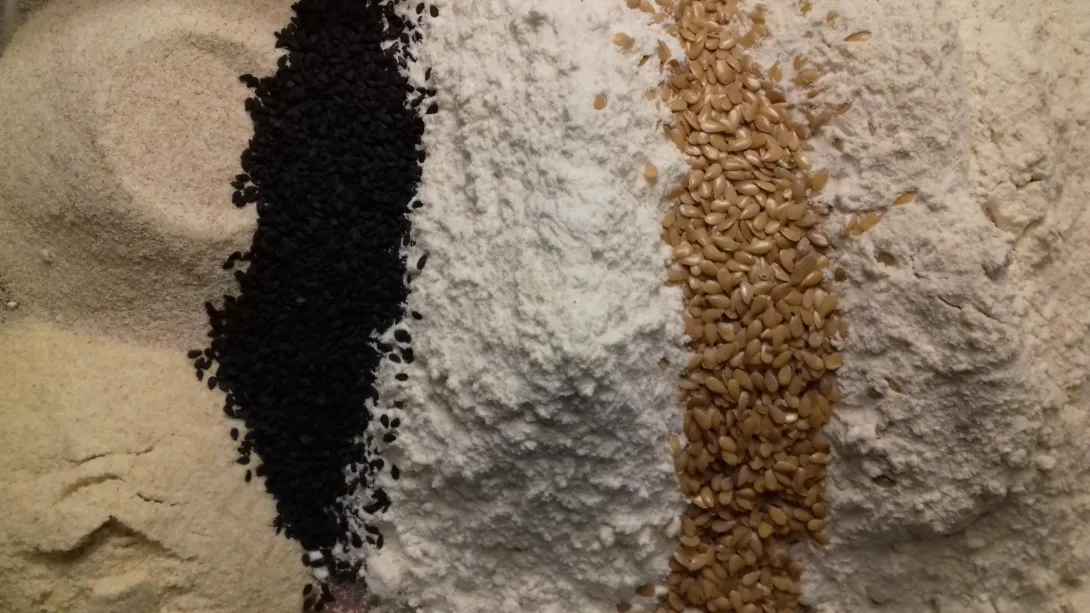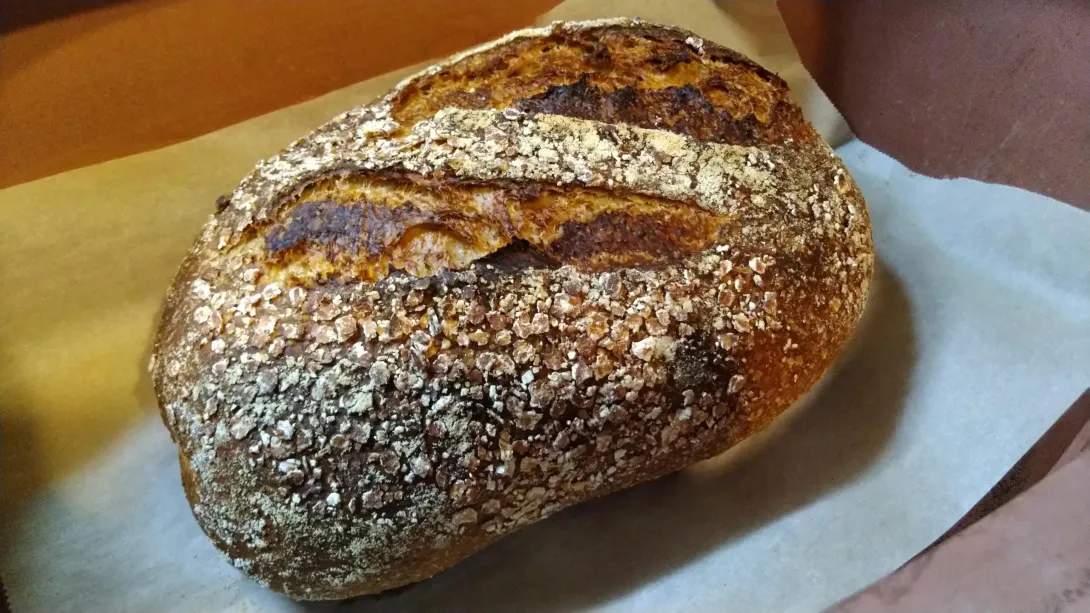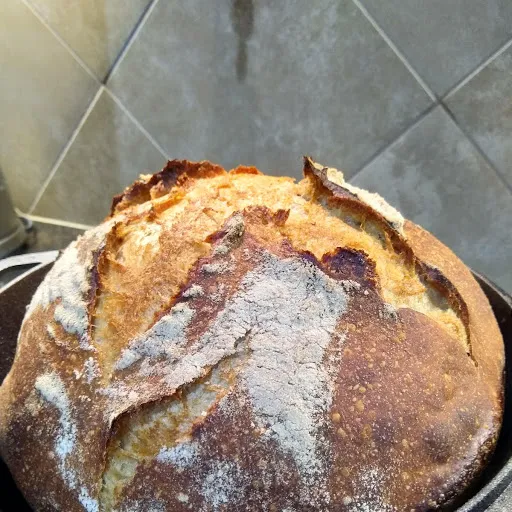Barley Bread (sourdough)
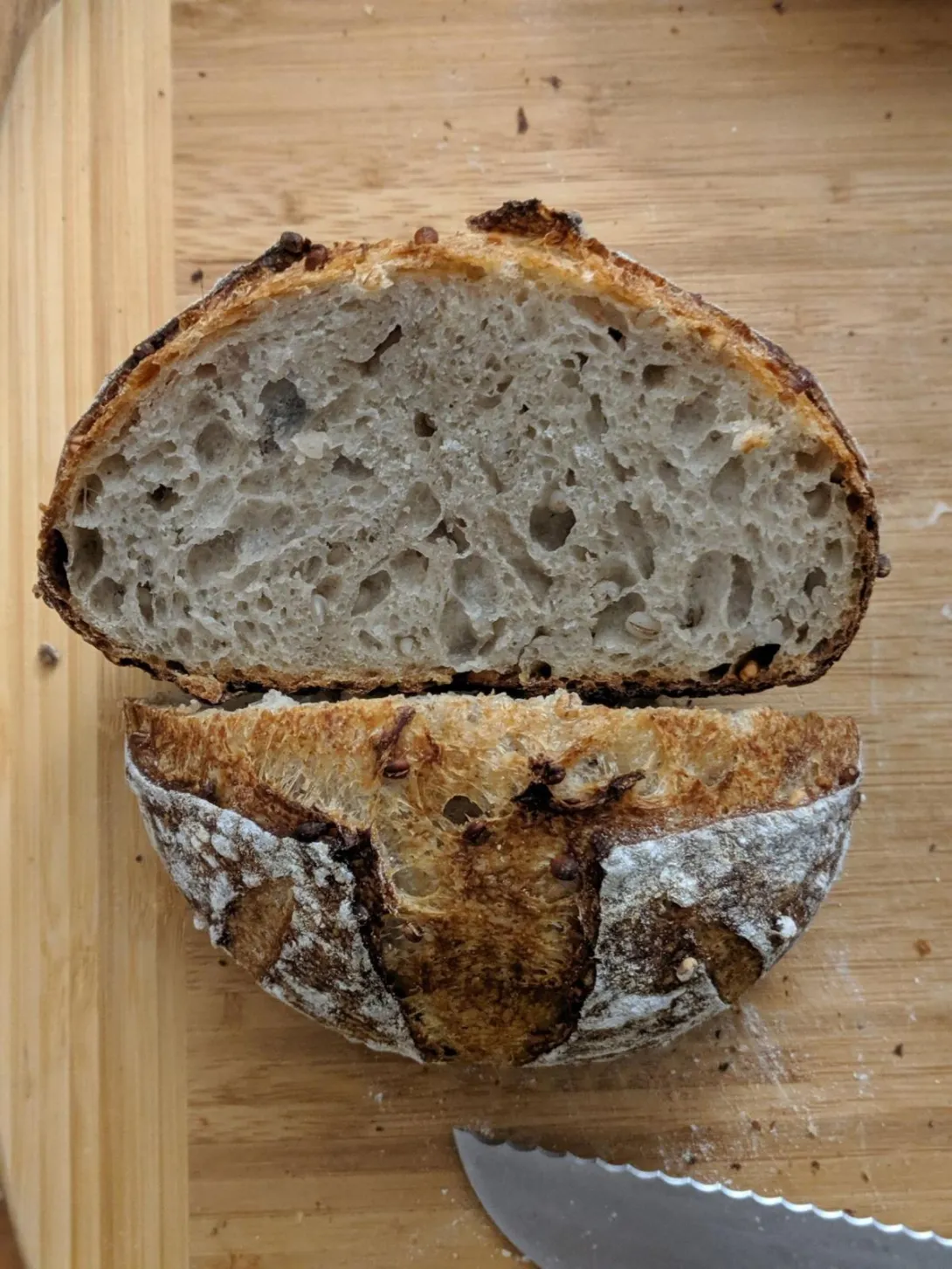
The intention behind this bake was to use enough barley to impart a distinct barley flavor, while having a low enough % to retain a good crumb. I made it 25% barley flour, which I milled from pearled barley from the supermarket (remainder was bread flour, except for some whole wheat in the starter). I also soaked some pearled barley overnight, and added it to the dough at 15%.
- Log in or register to post comments
- 7 comments
- View post
- Esopus Spitzenburg's Blog
